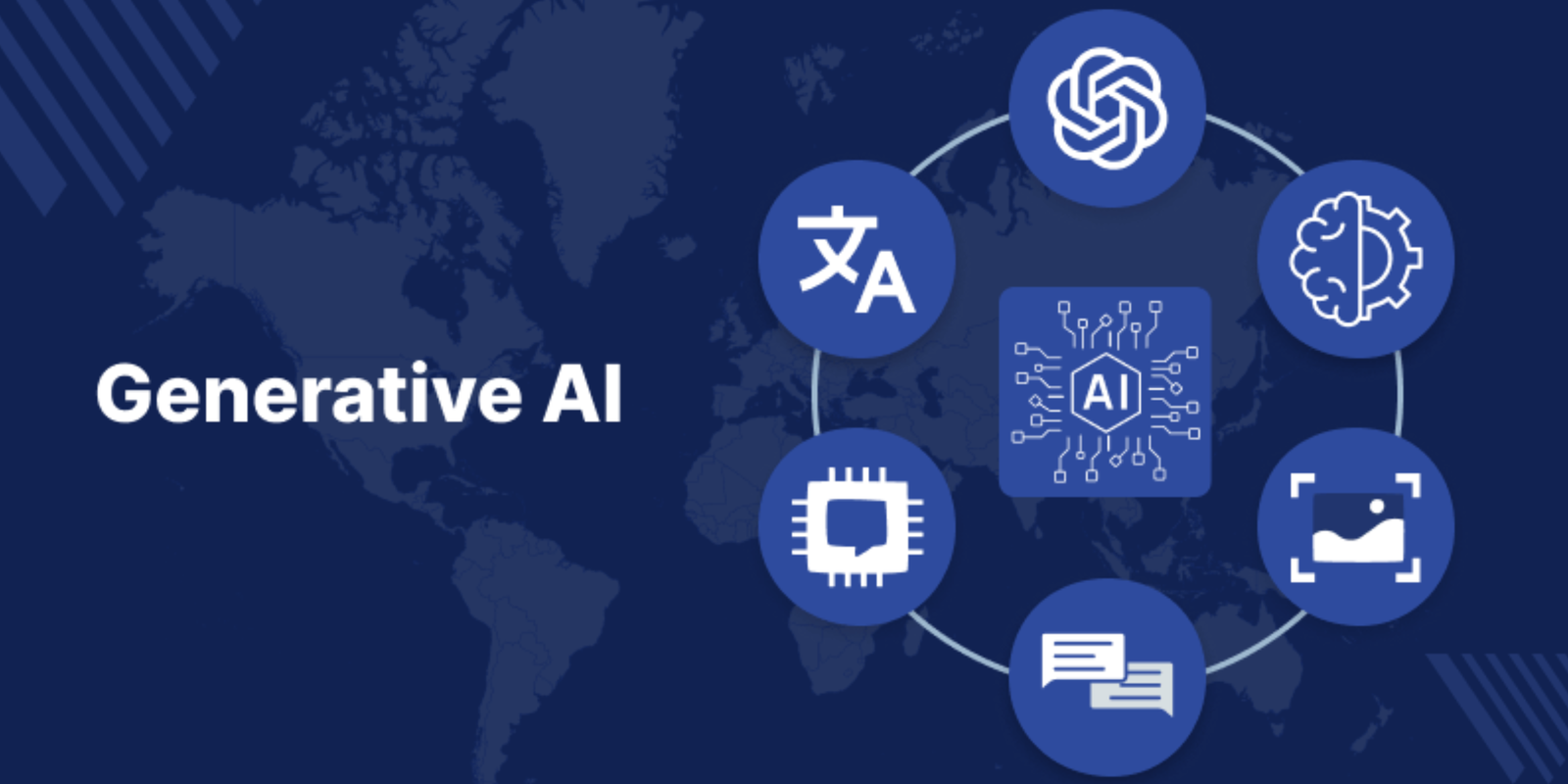Generative AI is revolutionizing data teams by dramatically accelerating code generation, enhancing productivity, and democratizing access to data, though it requires robust governance and observability to manage risks like hallucinations and reproducibility issues. This transformation enables faster time-to-market, improved innovation, and more strategic use of human expertise across data engineering and science workflows.
Accelerated Development and Productivity Gains
Generative AI significantly reduces the time required for coding tasks, allowing data teams to complete projects up to twice as fast according to McKinsey. By automating repetitive coding patterns such as SQL queries and ETL pipeline scripts, AI tools free developers to focus on higher-level design and complex problem-solving. For instance, Snowflake’s Copilot and dbt Cloud’s AI features enable analysts to request data transformations in plain English, which are then converted into optimized SQL code automatically. This capability not only speeds up development cycles but also supports rapid prototyping, empowering teams to test ideas quickly and iterate based on feedback. A study cited by MIT Sloan indicates that skilled workers using generative AI can improve their performance by nearly 40%, highlighting its potential to boost productivity across knowledge-intensive roles.
Democratization of Data Access and Engineering
AI-powered tools are lowering barriers to entry for both novice and non-technical users, making data engineering and analysis more accessible. Natural language interfaces allow business users without SQL expertise to query data directly, reducing dependency on dedicated analysts. At Airbnb, AI now generates over 60% of standard ETL jobs from natural language descriptions, enabling engineers to focus on optimization and strategic initiatives. Similarly, tools like GitHub Copilot and Mage AI assist in generating code, documentation, and visualizations through simple prompts, streamlining workflows for both experienced and emerging data professionals. This democratization fosters cross-functional collaboration and allows organizations to scale data-driven decision-making across departments.
Emerging Challenges and Risk Mitigation
Despite its benefits, generative AI introduces critical challenges including code hallucinations, governance complexities, and reproducibility issues. AI-generated code may appear correct but contain subtle logical errors that corrupt data over time, necessitating rigorous validation frameworks. To address this, leading firms implement automated testing suites with synthetic datasets and mandatory peer reviews before deployment. Data governance is further complicated by the need to track AI-generated outputs, prompt histories, and model behavior, requiring expanded lineage tracking beyond traditional pipelines. Organizations are responding by establishing AI governance councils and tiered oversight models that apply stricter controls to high-risk use cases like healthcare applications.
Best Practices for Responsible Adoption
Successful integration of generative AI into data workflows requires a balanced, human-in-the-loop approach. Teams should conduct regular code reviews, follow standardized checklists, and involve multiple reviewers to ensure quality and knowledge sharing. AI can serve as a first-line reviewer by catching syntax errors and common bugs, allowing humans to focus on business logic and architectural integrity. Additionally, continuous training and awareness programs help teams understand AI limitations and avoid overreliance that could erode technical skills. Integrating security practices such as SAST analysis and runtime policy enforcement ensures compliance with regulations like GDPR and HIPAA.
The Role of Data Observability
Data observability is essential for maintaining reliability in AI-augmented environments, providing visibility into data health, lineage, and system performance. As AI increases data complexity and interdependencies, observability platforms help detect anomalies, trace failures, and ensure trust in AI-generated insights. These systems monitor not only data and code but also model behavior and system stability, forming a comprehensive reliability layer for modern data stacks. Forward-thinking organizations are building AI-first observability solutions that leverage generative AI to accelerate incident resolution and automate monitoring rule creation, creating a symbiotic relationship between AI and observability
Conclusion:
FAQs
What is generative AI for code generation?
Generative AI for code generation uses large language models trained on vast code repositories to produce code snippets, functions, or full applications based on natural language prompts, enabling developers to generate code in their preferred language and framework.
How does generative AI assist data teams?
It accelerates development by automating repetitive coding tasks like SQL queries and ETL pipelines, allows non-technical users to interact with data via natural language, and supports rapid prototyping and debugging, thereby increasing overall team productivity.
Is AI-generated code reliable for production use?
While AI can produce functional code quickly, it may contain logical errors, security vulnerabilities, or inefficiencies, so all generated code must undergo rigorous human review, testing, and validation before deployment in production environments




